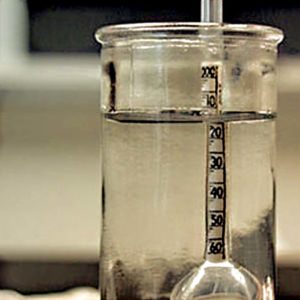SoBRA 2017

Volatile constituents in groundwater have the potential to cause risk to human health via volatilisation and migration of vapours into overlying buildings or outdoor air space followed by inhalation. Where the conceptual site model identifies this contaminant linkage as being of possible concern it is usually necessary to assess the risks further in order to determine whether they are acceptable or not. One method that can be used is to compare measured concentrations of volatile constituents in groundwater with conservative generic assessment criteria (GAC) protective of human health via the inhalation of groundwater-derived vapours pathway. This helps the assessor determine the level of risk associated with this particular contaminant linkage. A working group of the Society of Brownfield Risk Assessment (SoBRA) has developed a methodology and derived GAC for 66 commonly analysed volatile constituents in groundwater. The methodology utilises the Environment Agency’s (England and Wales) CLEA model to estimate the average long-term concentration in shallow groundwater (the GAC) that would lead to tolerable/minimal risk to site occupants from vapour migration and inhalation in indoor and outdoor air from chronic exposure. Screening values have been derived for residential and commercial land-use scenarios. The generic screening values are intended to complement other screening methodologies (such as exclusion depths and distances) for assessing the groundwater vapour contaminant linkages.
The report was originally published in 2017 and has been updated in 2024 (V2.0) to take account of the publication of eight Category 4 Screening Levels (C4SLs). The groundwater vapour GAC have been updated with the input parameters used in the derivation of the C4SLs for:
cis-1,2-Dichloroethene
trans-1,2-Dichloroethene
1,2-Dichloroethane
Tetrachloroethene (PCE)
Naphthalene
Chloroethene (Vinyl Chloride (VC))
Benzene
Trichloroethene (TCE)
